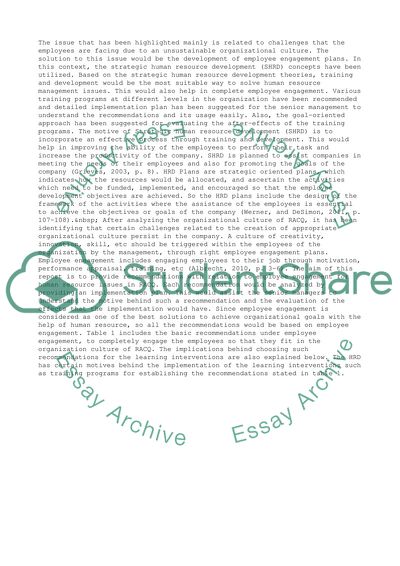Cite this document
(“SHRD- HRD plan Essay Example | Topics and Well Written Essays - 2250 words”, n.d.)
Retrieved from https://studentshare.org/business/1458404-shrd-hrd-plan
Retrieved from https://studentshare.org/business/1458404-shrd-hrd-plan
(SHRD- HRD Plan Essay Example | Topics and Well Written Essays - 2250 Words)
https://studentshare.org/business/1458404-shrd-hrd-plan.
https://studentshare.org/business/1458404-shrd-hrd-plan.
“SHRD- HRD Plan Essay Example | Topics and Well Written Essays - 2250 Words”, n.d. https://studentshare.org/business/1458404-shrd-hrd-plan.


